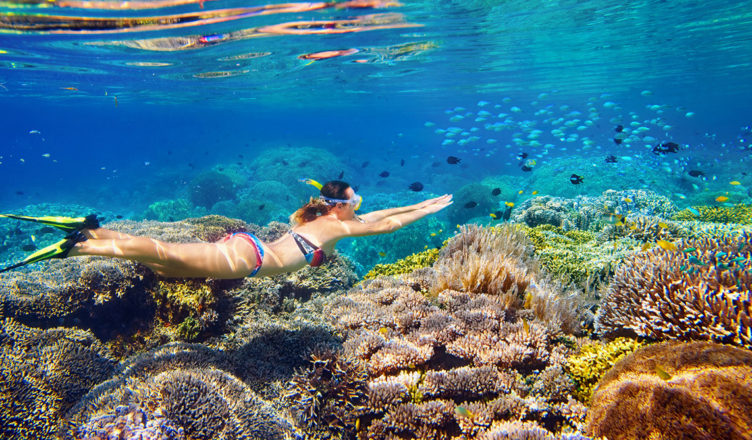Coral reefs are one of nature’s most spectacular wonders, and the vibrant coral reefs in Cancun are no exception. Nestled in the heart of the Caribbean Sea, along with stunning Mayan heritage and ecological parks, its impressive coral reef belongs to the Mesoamerican Reef Barrier System, the second-largest reef barrier in the world.
Reefs in Cancun might be a bit far from public beaches but it’s worth the trip.
Cancun Coral Reef
Wow facts
1. Biodiversity Hotspot
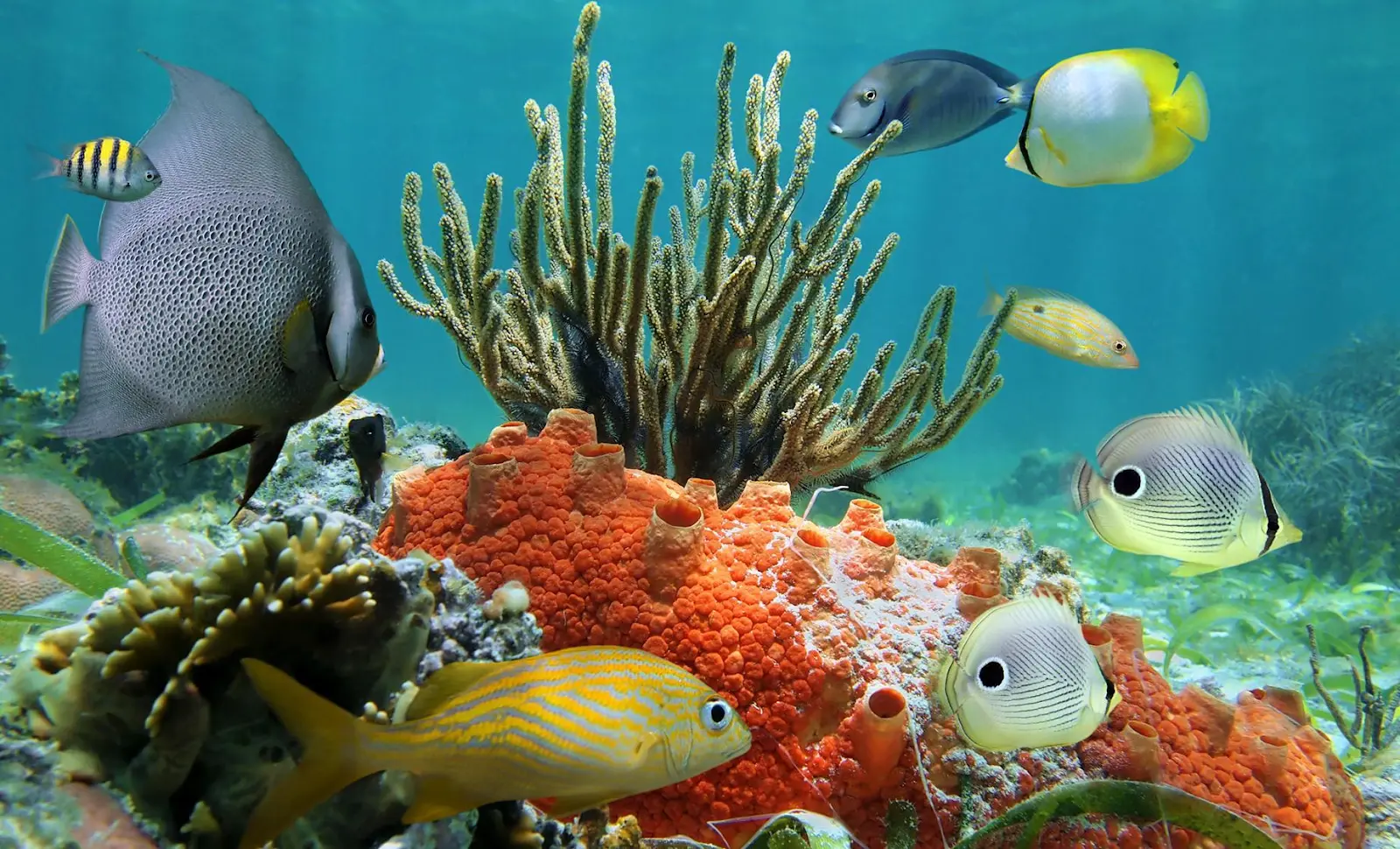
What is a Biodiversity Hotspot?
A biodiversity hotspot is a biogeographic region rich in endemic species and experiencing significant habitat loss. To qualify as a hotspot, a region must contain at least 1,500 species of vascular plants as endemics and have lost at least 70% of their original habitat. The Caribbean Reef meets these criteria, making it an essential area for conservation efforts.
Did you know that coral reefs support about 25% of all marine species?
The coral reefs in Cancun are home to over 500 species of fish, along with various invertebrates and marine mammals. From colorful parrotfish to majestic sea turtles, the diversity of life here is truly astonishing!
2. Natural Barriers
Coral reefs are underwater ecosystems formed by colonies of tiny marine animals known as coral polyps. These polyps secrete calcium carbonate, which builds up over time to create the intricate structures we associate with coral reefs. They are often referred to as the “rainforests of the sea” because they support an astounding variety of marine life, including fish, invertebrates, and algae.
Coral reefs act as natural barriers, protecting coastlines from erosion and storm surges. The reefs in Cancun help shield the beautiful beaches and vibrant resorts from the harsh sea currents, making them essential for the local economy and wildlife preservation.
3. A Living Organism
Coral reefs are not just rocks; they´re living organisms! Coral polyps are small, soft-bodied creatures. These tiny organisms typically measure just a few millimeters in diameter, yet they can form large colonies that create the spectacular structures we know as coral reefs. Each polyp has a cylindrical body topped with a mouth surrounded by tentacles, which they use to capture plankton and small fish, providing them with essential nutrients.
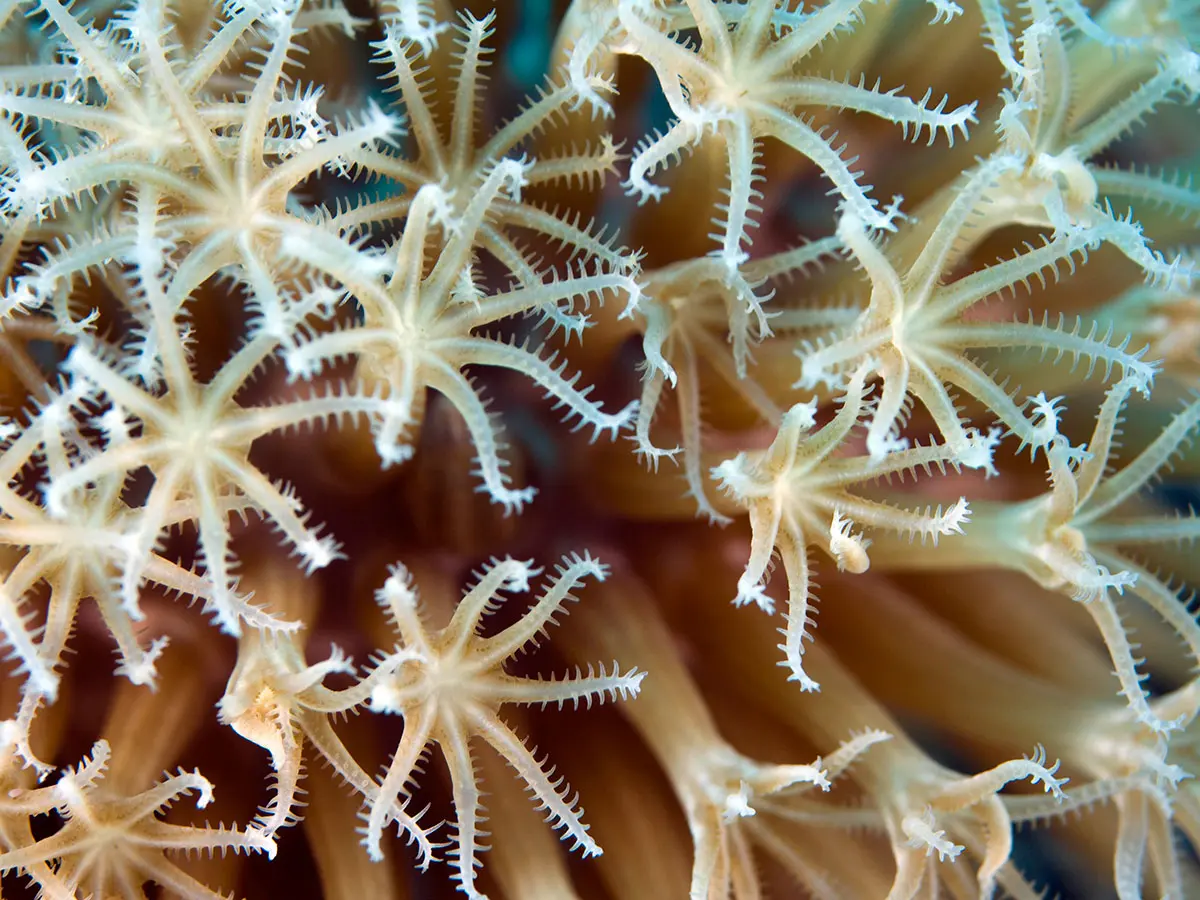
The Structure of Coral Reefs
Coral polyps secrete calcium carbonate, which hardens to form a protective exoskeleton, giving them their distinctive appearance.
4. Threatened Ecosystems
In Cancun, conservation efforts are being implemented to protect and restore coral reefs, ensuring that these underwater paradises remain vibrant for generations to come.
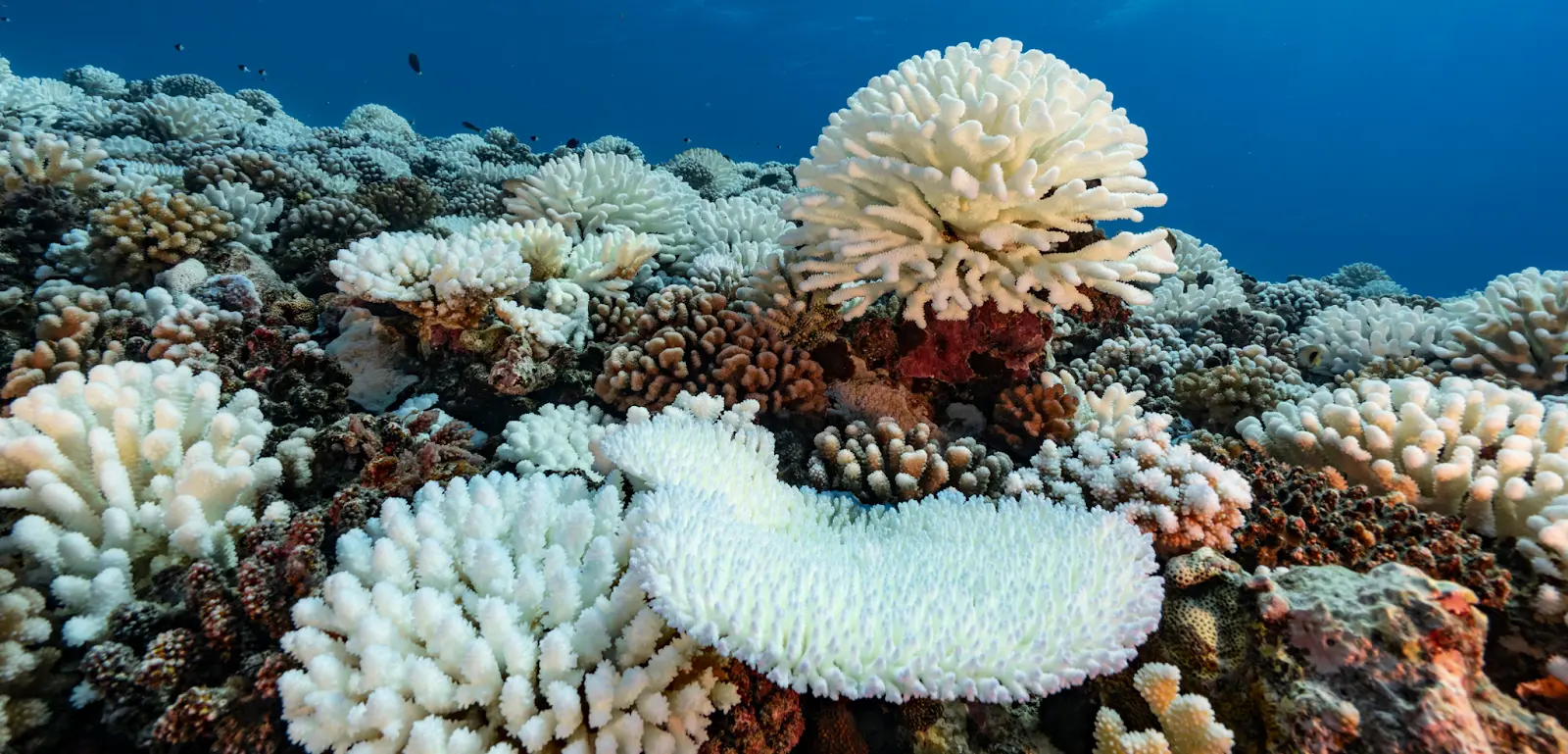
The three most common threats to our coral reef barrier are:
- Climate Change: The Silent Assassin
One of the most pressing threats to coral reefs is climate change. Rising ocean temperatures lead to coral bleaching, where corals expel the symbiotic algae (zooxanthellae) that provide them with color and essential nutrients. Without these algae, corals turn white and become more susceptible to disease and mortality. According to the Intergovernmental Panel on Climate Change (IPCC), if global temperatures continue to rise, we could lose up to 90% of coral reefs by 2050.
- Ocean Acidification: A Chemical Threat
As carbon dioxide (CO2) levels in the atmosphere increase, the oceans absorb a significant portion, leading to ocean acidification. This process lowers the pH of seawater, making it more challenging for corals to build their calcium carbonate skeletons.
- Overfishing
Overfishing occurs when fish are caught at a rate faster than they can reproduce. This unsustainable practice leads to a decline in fish populations, disrupting the balance of marine ecosystems. The consequences are far-reaching, affecting fish species and the food web, including marine mammals, seabirds, and even coastal communities that rely on fishing for their livelihoods.
5. Underwater Art
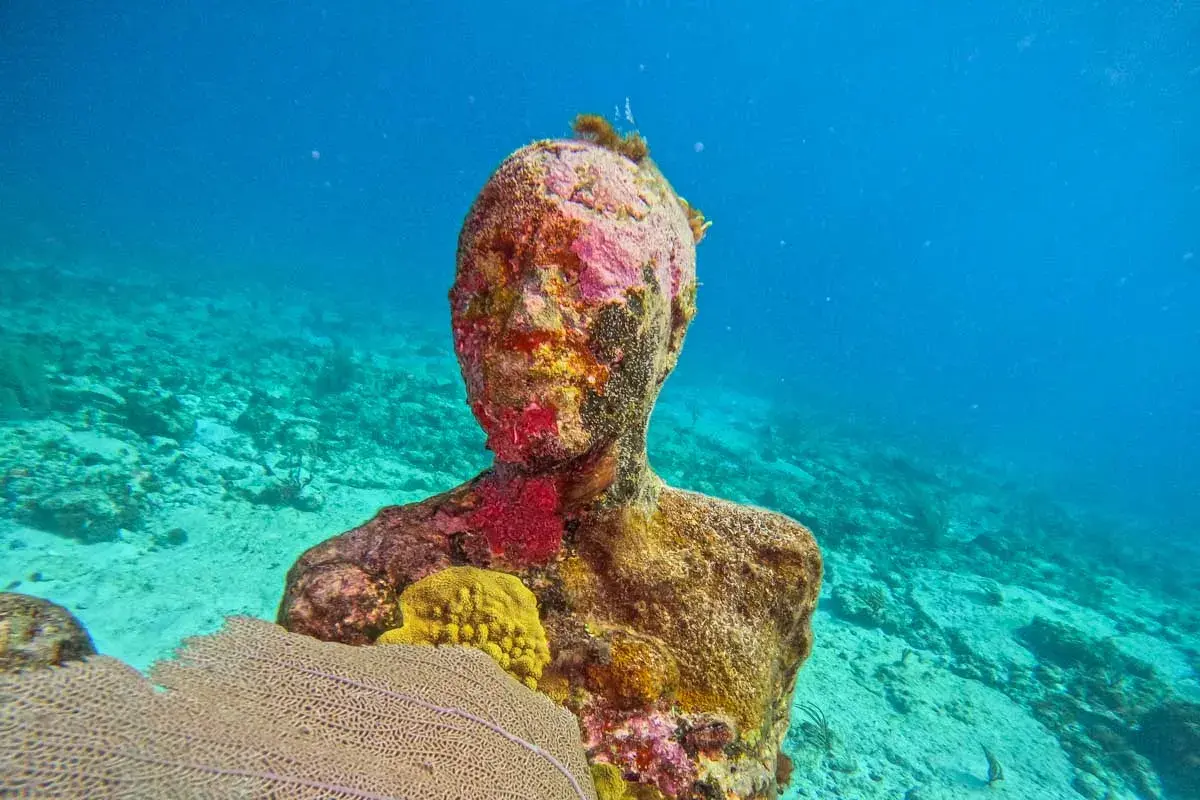 One of the most exciting attractions in Cancun is the MUSA (Museo Subacuático de Arte), an underwater museum featuring over 500 life-sized sculptures. These submerged statues promote coral polyp formations, helping the ecosystem restoration. Fish and other sea creatures find shelter among the installations, enhancing biodiversity in the area.
One of the most exciting attractions in Cancun is the MUSA (Museo Subacuático de Arte), an underwater museum featuring over 500 life-sized sculptures. These submerged statues promote coral polyp formations, helping the ecosystem restoration. Fish and other sea creatures find shelter among the installations, enhancing biodiversity in the area.
A Unique Artistic Experience
MUSA is not just about marine conservation; it’s also about celebrating creativity. The museum features works by both local and international artists, designed to promote ecological awareness.
Some notable installations include:
The Silent Evolution: This installation by Jason deCaires Taylor features over 400 life-sized sculptures of individuals, representing the evolution of human interaction with nature.
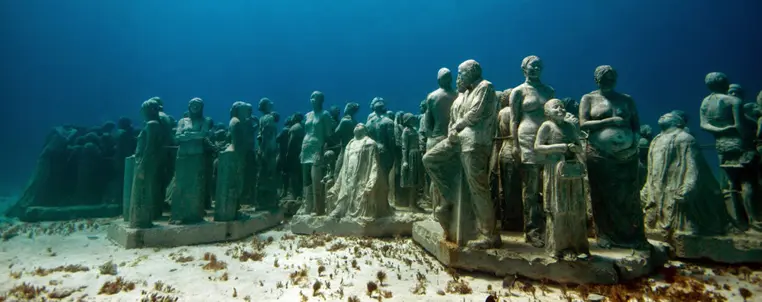
The Man on Fire: A striking piece by the artist Roberto Díaz, depicting a man engulfed in flames, symbolizes the fragility of human existence in the face of climate change.
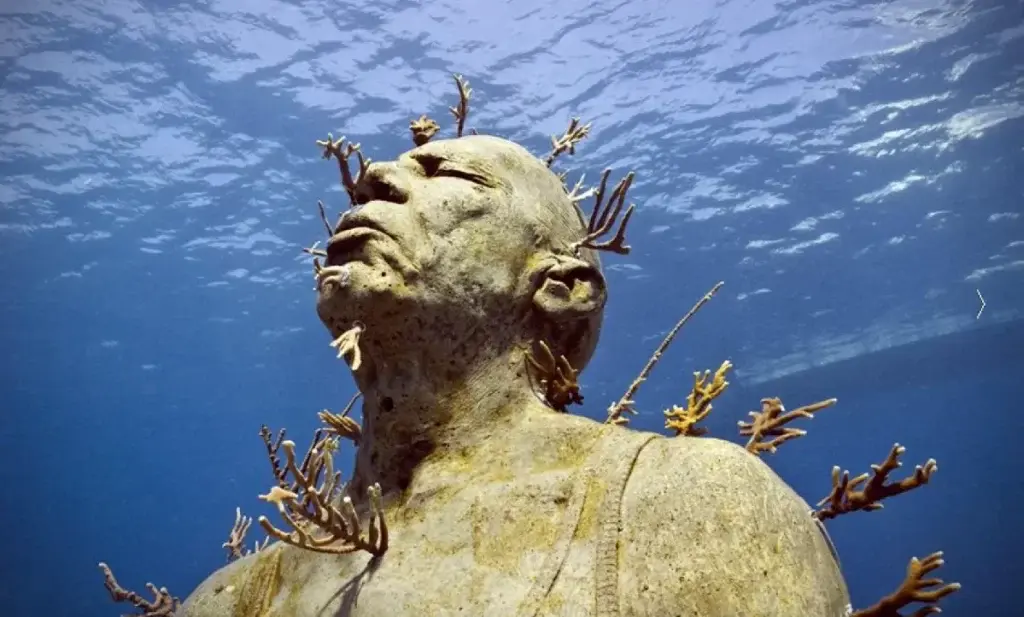
The Dream Collector: This enchanting installation by the artist Gilberto Esparza showcases a collection of sculptures that interact with the surrounding marine life.
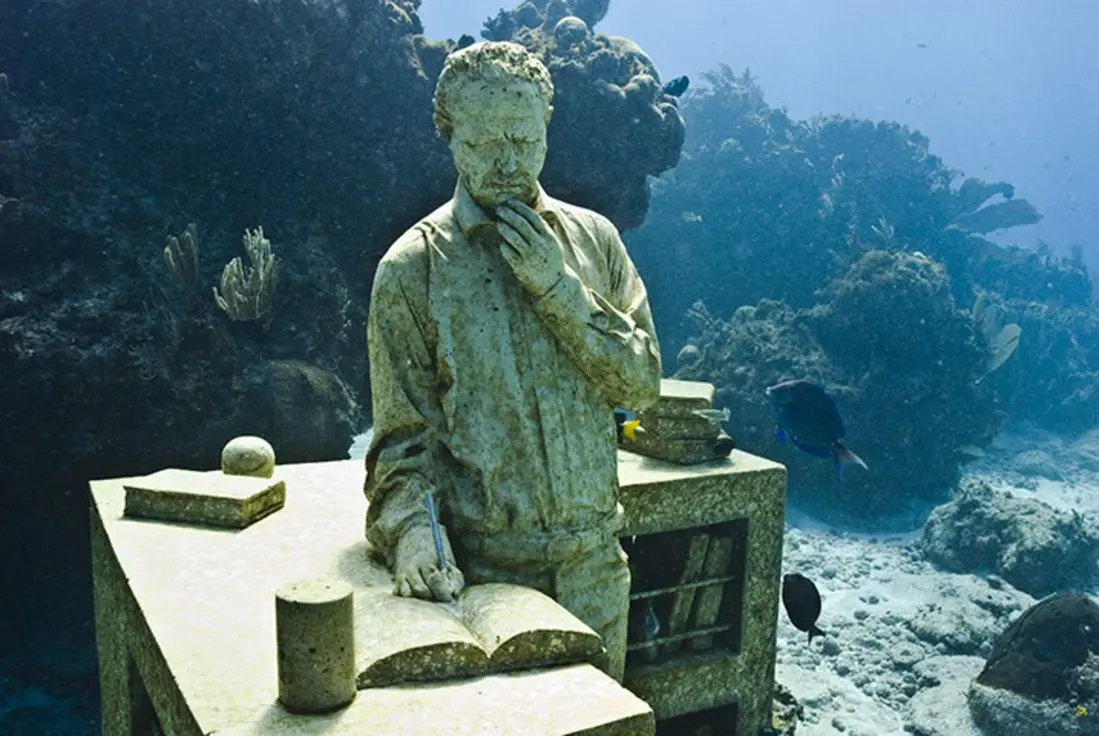
Each piece is meticulously crafted to encourage coral growth, creating a symbiotic relationship between art and nature.
Venture into a Cancun snorkeling tour, gear up, and be ready to immerse yourself in a brave new world.

